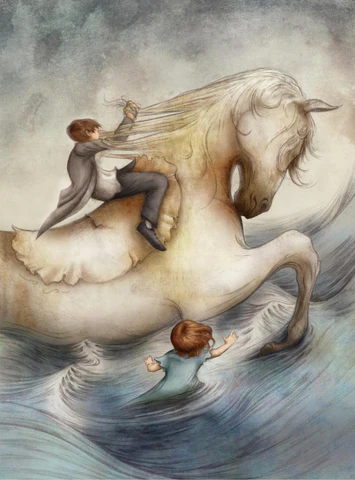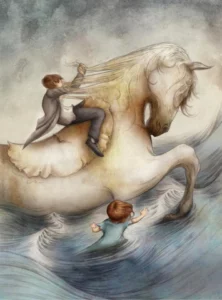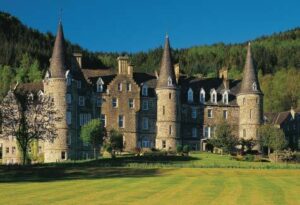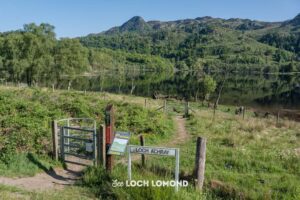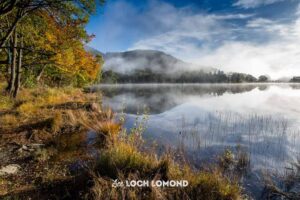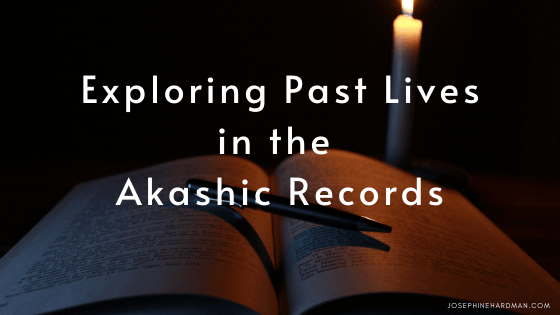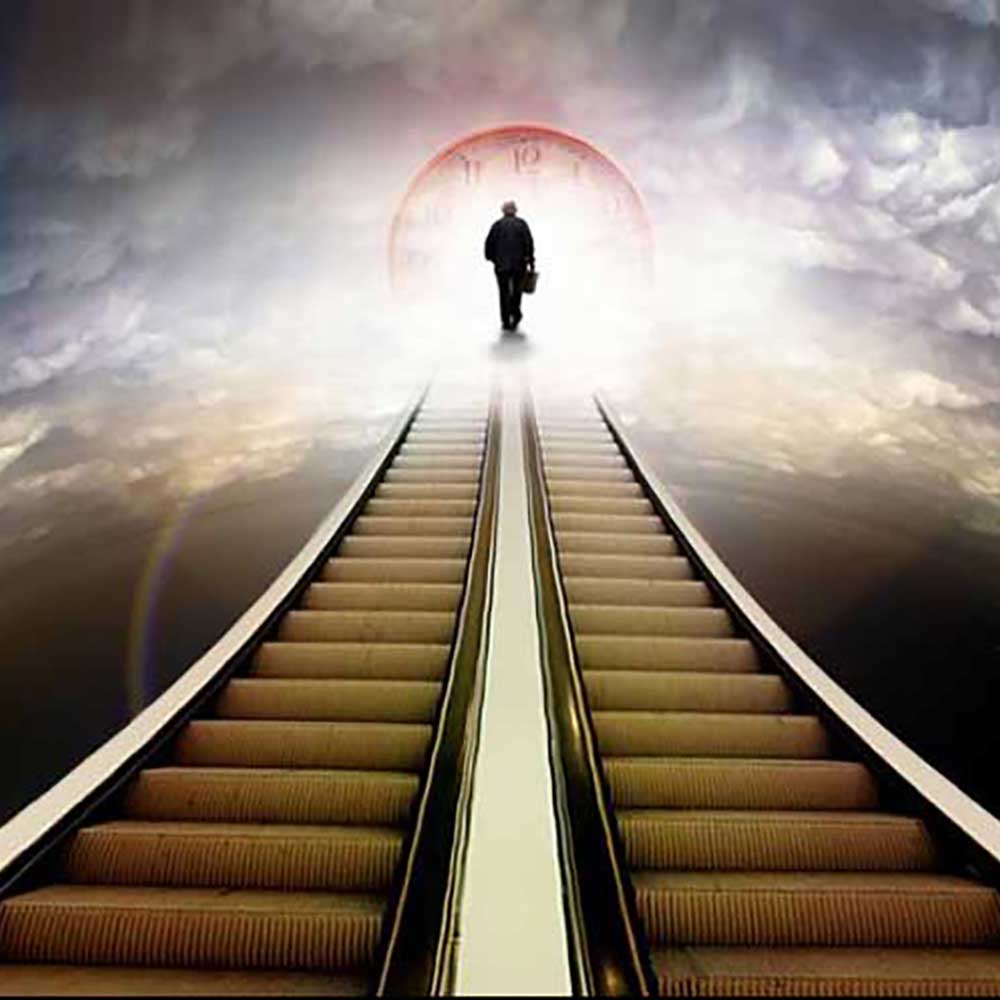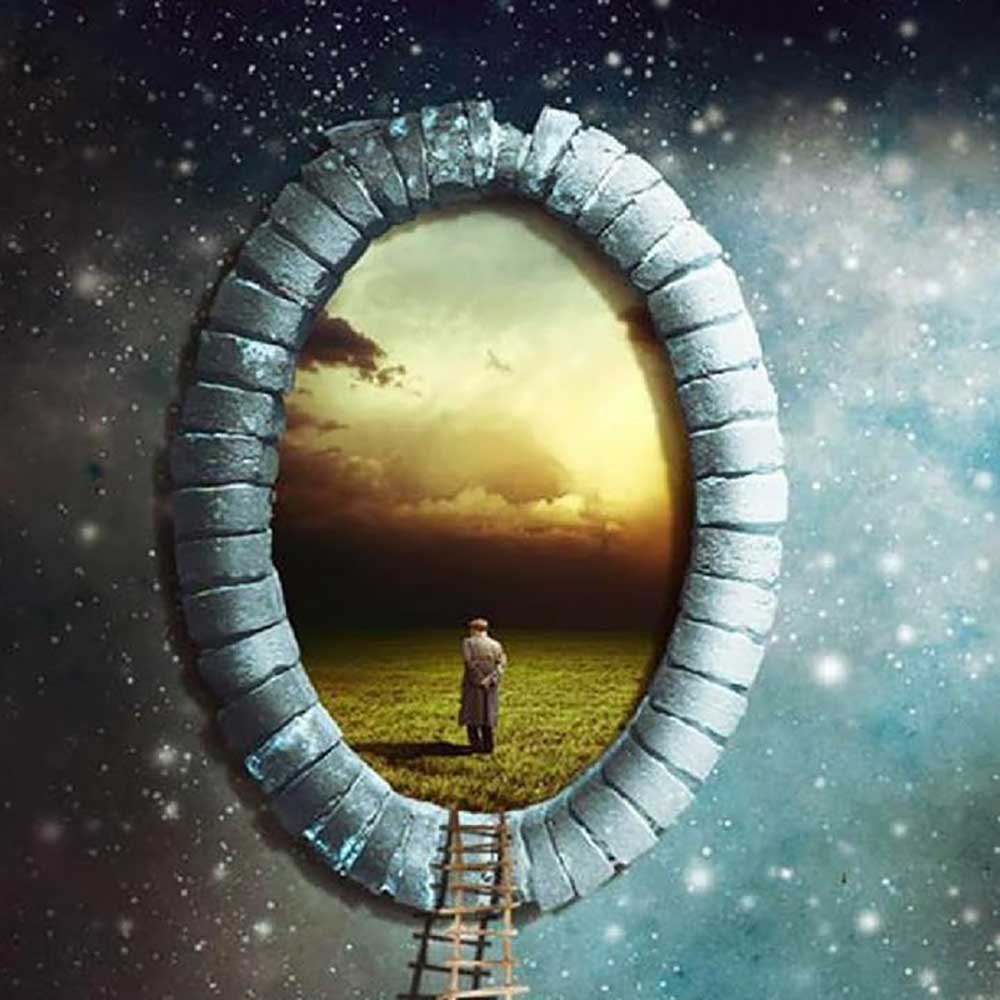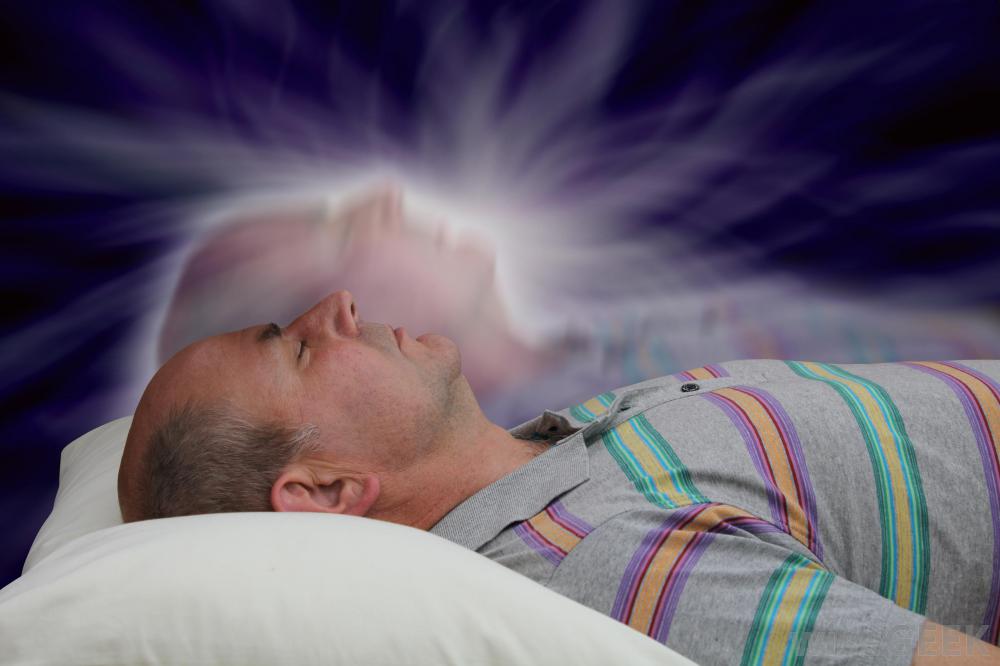Loch Achray Hotel
The Duke of Montrose built the Loch Achray Hotel in 1868 as a hunting lodge. It is now a Lochs & Glens Hotel. Highland Cows often come to the loch, and hotel guests in the fields can occasionally wander into it. Below, you can see a picture of Loch Achray Hotel with Ben Venue behind. I took this picture when covering the airlift of stone to build the path to the Roderick Dhu viewpoint at nearby Loch Katrine. Read about that at the link below.
The Majesty of Ben Venue
The dominant feature of the landscape is towering above Loch Achray, Ben Venue. This mountain, meaning “the small mountain” in Gaelic, rises to 727 metres (2,385 feet) and offers spectacular views of the loch, Loch Katrine, and the wider Trossachs. Historically, Ben Venue was known as a gathering place for clans and is prominently featured in the region’s folklore. It provides a challenging yet rewarding hike, with trails that traverse its rugged slopes and reveal panoramic vistas. The mountain’s natural beauty and historic significance enhance the allure of Tigh Mor as a gateway to exploring the heart of the Highlands.
Tigh Mor
A grand baronial-style mansion overlooking Loch Achray, is a striking landmark in the heart of Scotland’s Trossachs region. Known as the “Big House” in Gaelic, Tigh Mor has a rich history intertwined with the area’s natural beauty, romantic legends, and evolving uses over time.
The origins of Tigh Mor date back to the mid-19th century, during a period when Scotland was experiencing a surge of interest in its Highlands, spurred by romantic literature and visits by Queen Victoria. The estate was initially developed as a retreat for the wealthy, offering access to the serene Loch Achray and panoramic views of the Trossachs. The mansion was built in the 1840s, designed in the Scottish Baronial style, with turrets and ornate stonework that evoke a sense of grandeur and tradition.
Connection to Sir Walter Scot – The surrounding Trossachs landscape is famously associated with Sir Walter Scott’s The Lady of the Lake (1810), which brought the region to prominence as a tourist destination. While Tigh Mor was built after Scott’s works popularised the area, its location near Loch Achray places it firmly within the romanticised setting he described. Visitors to Tigh Mor could easily access Loch Katrine, the inspiration for Scott’s poem, and immerse themselves in the literary and natural beauty of the Highlands.
In its early years, Tigh Mor was used as a private residence for affluent families seeking respite from the industrialised cities of the south. The house and its surrounding estate provided an idyllic retreat where guests could enjoy hunting, fishing, and walking amidst the dramatic scenery of the Trossachs.
The Kelpie
A water spirit that takes the form of a large black horse on land. Kelpies are said to lure children onto their backs and drown them in the water. In Scottish folklore, a kelpie is a dangerous shape-shifting water creature. The kelpie appears to their human victims as a grey or white horse, entices them to ride on their back, then carries them down to a watery grave.
The Kelpies were actually named after two real Clydesdale horses that served as their inspiration. The Kelpies are called Duke and Baron. The creature’s nature was described by Walter Gregor, a folklorist and one of the first members of the Folklore Society, as “useful”, “hurtful”, or seeking “human companionship”; in some cases, kelpies take their victims into the water, devour them, and throw the entrails to the water’s edge. The waters of Loch Venacher are said to be the home of a Kelpie.
In Scottish folklore, kelpies are said to have the strength and endurance of 100 horses. Scottish artist Andy Scott designed sculptures as a tribute to Scotland’s engineering progress and the Falkirk area’s industrial heritage.
The Faery Folk
According to legend, the Faery Folk gather at Ben Venue, a place granted to them by the Earl of Menteith. They are said to meet in a cave known as “The Goblin’s Cave”.
The Trossachs
Take care on your journey through The Trossachs, as round almost every corner holds a story of myth and legend. It is said that Ben Venue is the gathering place for the Faery Folk. The story tells of the Earl of Menteith who was pestered into giving them work. He gave them the task of making a rope of sand. They grew tired of this employment and began pestering him again. He then granted them Ben Venue as a place where they could hold their meetings. They accepted this and a cave sometimes called “The Goblin’s Cave” is where they are supposed to congregate.
Loch Drunkie, according to legend, got its name from the time of the excise men. It became illegal for people to make their own whisky without paying tax to the government. During a whisky run from Callander to The Teapot in Kinlochard, a group of excise men were spotted in the distance. As the locals could not be caught with the whisky they rolled the kegs into the loch.










